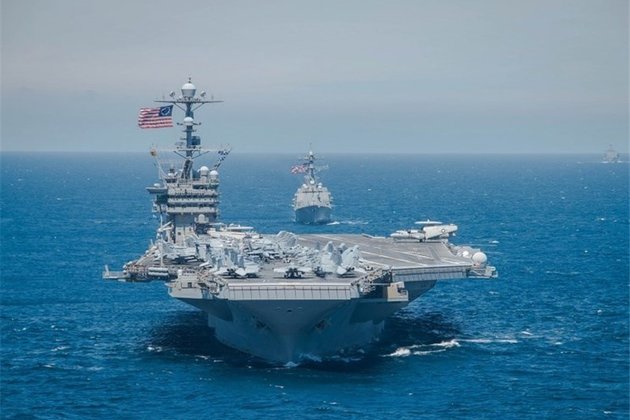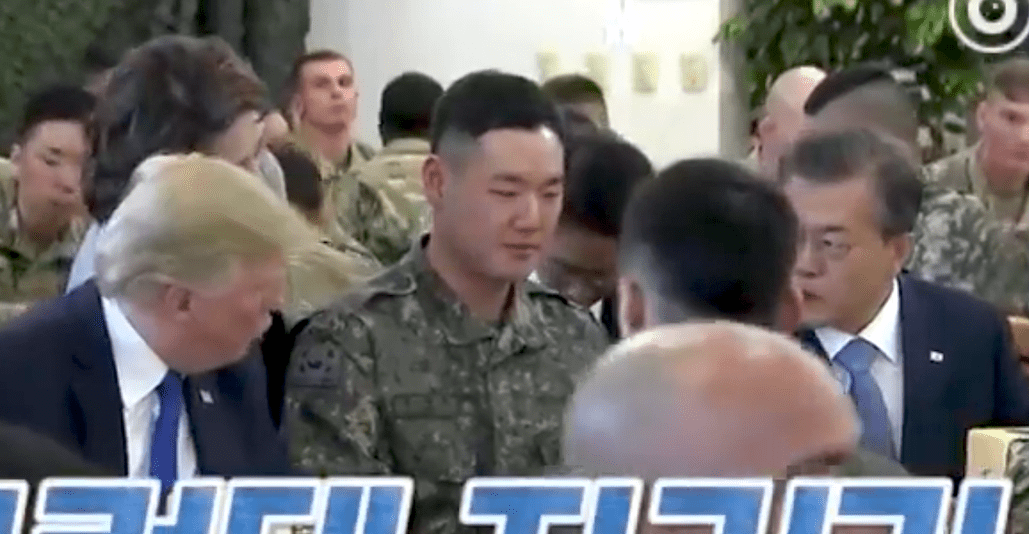Politics
Power struggles dominate Central Asia in 2013

Author: Kirill Nourzhanov, ANU
By local standards, 2013 proved quite successful for the people and leaders of the five Central Asian republics. There were no major wars, natural disasters, or coups d’etat. The governments continued to muddle through the usual raft of problems, and ordinary citizens remained largely quiescent; there was a distinct lack of an Arab Spring-like atmosphere.

Tajikistan provided a typical example of a Central Asian authoritarian regime untroubled by democratic opposition. On 6 November 2013 the incumbent president, Emomali Rahmon, comfortably won an election that gave him his fourth consecutive term as head of state. The poll may have suffered from irregularities but Rahmon’s 83.6 per cent of the vote victory accurately reflected his popularity — one based on his carefully maintained image as the father of the nation and the country’s only guarantor of peace and prosperity.
Five other candidates in the race merely made up the numbers, and a true opposition alternative put forward at the last moment by the Islamic Renaissance Party and the Social Democratic Party failed to collect the required number of signatures to participate. One of Rahmon’s first official acts upon inauguration was the appointment of his 26-year-old son, Rustam, as the head of the State Customs Committee, which many in the country interpreted as a move to pave the way for a dynastic succession after 2020 when the president’s current term in office is served.
The post-Soviet precedent for keeping the business of government in the family was set in Azerbaijan in 2003. This year, plans for succession weighed heavily on the minds of Rahmon’s colleagues in Kazakhstan and Uzbekistan too. Kazakhstani and Uzbekistani presidents Nursultan Nazarbaev and Islam Karimov are well into their 70s and suffer from deteriorating health. Neither has a legitimate son of an appropriate age. ‘Guess the successor’ has become somewhat of a national pastime in Kazakhstan; the latest list of contenders contained 23 personalities including Nazarbaev’s eldest daughter and son-in-law. In Uzbekistan, Karimov’s eldest daughter, Gulnara, used to be widely predicted to take over from her father as early as 2015. However, since May 2013 the country has been transfixed by Gulnara’s fall from grace under rather melodramatic circumstances. The Karimov family feud may indicate that the power struggle among elite groups has commenced in earnest in Uzbekistan in anticipation of the authoritarian president’s death.
Kyrgyzstan’s president Almazbek Atambaev has continued to strengthen his rule. His drive to subdue powerful regional bosses in the country’s south culminated in the removal of the city of Osh mayor on 4 December 2013. This victory may turn out Pyrrhic and lead to a renewed alliance among the southern sub-ethnic factions that had successfully overthrown a northerner-dominated central government in 2005.
At the regional level, a kind of cold war continued between Uzbekistan on the one hand and Kyrgyzstan and Tajikistan on the other. Disputes over water and territory underlie these tensions, which led to periodic exchange of fire on the borders and an energy and transport blockade enforced by Uzbekistan. In July 2013, an article published in a semi-official media outlet staked Tashkent’s territorial claims against all of its neighbours (plus Russia) and called for Uzbekistan’s speedy accession to NATO to become the region’s hegemon. This provocative piece caused consternation in regional capitals which regarded it as Karimov’s attempt to ‘test the waters’ before a more aggressive action.
The apprehension about Uzbekistan’s intentions and its close relations with the United States compelled some Central Asian republics to seek tighter links with Moscow. At the summit of the Collective Security Treaty Organisation held in May 2013 in Bishkek, a proposal was discussed to construct a railroad line linking Russia, Kazakhstan, Kyrgyzstan and Tajikistan that would bypass Uzbekistan. Kyrgyzstan is set to join the Customs Union with Russia, Belarus and Kazakhstan in 2014, and Tajikistan is likely to follow suit.
Strategic indeterminacy surrounding Afghanistan remains an issue for all Central Asian republics. They have not elaborated concise strategies of how to deal with the challenges their southern neighbour will present after the withdrawal of NATO troops in 2014. Uzbekistan appears to follow Washington’s optimistic scenario that seeks to stabilise Afghanistan through greater economic engagement with Central Asia under the aegis of the New Silk Road project. Other Central Asian republics tend to agree with Moscow’s negative prognosis on Afghanistan and endeavour to isolate it behind a defence perimeter. In the meantime, China has come up with its own New Silk Road initiative which is at loggerheads with both US and Russian plans for the region.
This year promises to be particularly interesting for geopolitical pundits observing the manoeuvers of three international behemoths and their interaction with regional actors in Central Asia.
Dr Kirill Nourzhanov is Deputy Director at the Centre for Arab and Islamic Studies, The Australian National University.
This article is part of an EAF special feature series on 2013 in review and the year ahead.
Original post:
Power struggles dominate Central Asia in 2013
Politics
US Navy Carrier Conducts Exercises in South China Sea

TEHRAN (Tasnim) – A US Navy aircraft carrier conducted exercises in the contested South China Sea on Friday, the US navy said in a statement. –
A strike group led by the USS Ronald Reagan conducted flight operations and high-end maritime stability operations and exercises, the statement said, Reuters reported.”Integration with our joint partners is essential to ensuring joint force responsiveness and lethality, and maintaining a free and open Indo-Pacific,” US Navy Commander Joshua Fagan, Task Force 70 air operations officer aboard USS Ronald Reagan, was quoted as saying.The drill comes amid heightened tensions between the United States and China.
Washington has criticized Beijing over its novel coronavirus response and accuses it of taking advantage of the pandemic to push territorial claims in the South China Sea and elsewhere.The United States has long opposed China’s expansive territorial claims in the South China Sea and has sent warships regularly through the strategic waterway.China has objected to such exercises and said the US rejection of its claims in the South China Sea has raised tension and undermined stability in the region.China claims nine tenths of the resource-rich South China Sea, through which some $3 trillion of trade passes a year. Brunei, Malaysia, the Philippines, Taiwan and Vietnam have competing claims.
Politics
How China is using tourism for geopolitical goals
The Chinese government has a degree of leverage over its tourists that other governments do not enjoy. Many Chinese tourists are new to international tourism and have limited international language abilities

Decades of astonishing economic growth have given China new tools for extending its influence abroad and achieving its political goals.
(more…)












